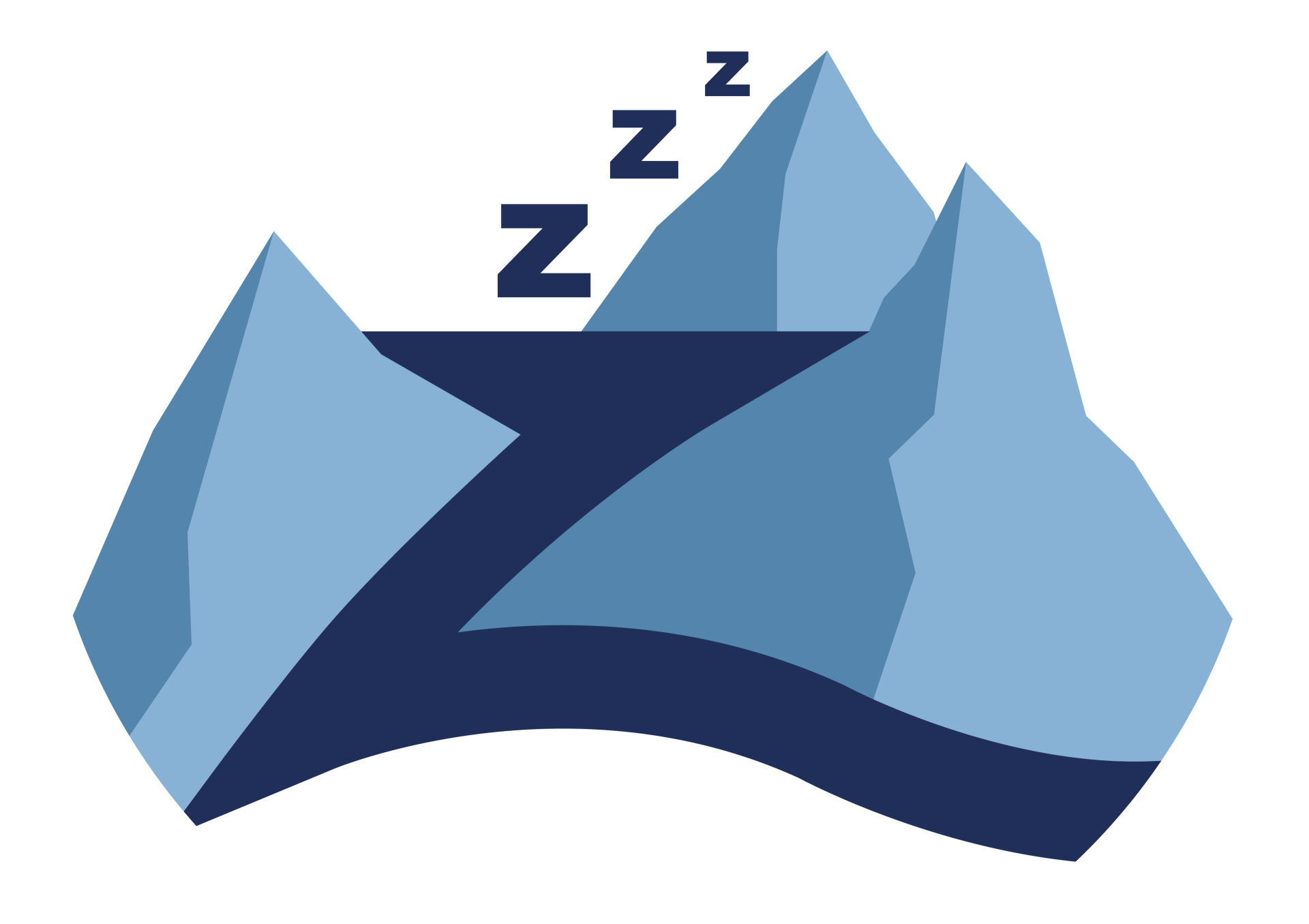Transcranial Magnetic Stimulation (TMS)
At Canyon Sleep, we are among the first to use repetitive Transcranial Magnetic Stimulation (rTMS) as a novel treatment for insomnia in Scottsdale and the greater Phoenix area in Arizona.
Many TMS providers have limited or even no training in brain mapping and clinical neurophysiology. Dr. Troester has 4 fellowships, 4 board certifications, 20+ years of experience brain mapping in neurosurgical operating rooms and a wealth of real world experience with the device and technology. See the difference for yourself.
What is TMS?
Transcranial Magnetic Stimulation (TMS) is an innovative approach to treating insomnia.
It’s a non-invasive, low risk therapy that uses magnetic pulses to stimulate the nerve cells in area of the brain that controls your emotional reactions and regulates mood. TMS involves delivering repetitive magnetic pulses, so it's also called repetitive TMS or rTMS. Currently, TMS is mostly used to treat symptoms of depression when other treatments have not been effective. Although FDA approved for depression, TMS has a variety of other indications and there are numerous clinical trials ongoing for a variety of applications including trials specifically for insomnia.
At Canyon Sleep, we use TMS to treat depression in collaboration with your psychiatrist. We also use TMS to treat
insomnia, various neuropathic pain syndromes, addiction issues and other neurological maladies.
WHY CHOOSE DR. TROESTER & CANYON SLEEP FOR TMS TREATMENTS
MORE THAN A BASIC CERTIFICATION
As a board certified, fellowship trained Neurologist and Clinical Neurophysiologist, Dr. Troester is uniquely qualified to perform TMS. Most doctors performing TMS now have either been trained by industry or have taken a 3–5-day class on TMS rendering him/her “certified” to perform TMS.
DECADES OF BRAIN MAPPING
Dr. Troester has 2 decades of experience with brain mapping in the operating theater in real time with neurosurgeons or in the epilepsy monitoring unit in anticipation of an upcoming epilepsy surgery.
How Does TMS Work?
TMS is performed through the placement of magnetic coils upon the forehead which deliver stimulating pulses directly to the brain. TMS therapy is an outpatient procedure and therefore does not require any period of hospitalization or downtime.
During the treatment
- You will sit in a comfortable, adjustable chair in a typical exam room.
- You will be required to wear ear plugs.
- The electromagnetic coil will be placed against your head and switched off and on repeatedly to produce stimulating pulses. This results in a tapping or clicking sound that usually lasts for a few seconds, followed by a pause. You'll also feel a tapping sensation on your forehead. This part of the process is called mapping.
- Dr. Troester will determine the amount of magnetic energy needed by increasing the magnetic dose until your fingers or hands twitch. Known as your motor threshold, this is used as a reference point in determining the right dose for you.
- During the course of treatment, the amount of stimulation can be changed, depending on your symptoms and side effects.
After TMS
Since this procedure is non-invasive and does not require any sedation or anesthesia, you can expect to return to your normal daily activities immediately following treatment. With no recovery period needed, you can go back to work, drive yourself home, and go about your day as usual. As with most forms of treatment, it may take a few weeks to experience any relief in symptoms.
Treatment Plans
A full treatment course varies in duration depending on the individual and what we are treating. Depression, for example, is typically 20 minutes 5 times weekly (this can be adjusted) for 35 treatments or about 6-8 weeks. The process requires some patience. Insomnia protocols are typically shorter, but depend on severity and co-morbid conditions.
Treatment schedules can be adjusted to some extent. There are some “accelerated” protocols which involve multiple treatments daily to reduce total treatment time. There are also “high dose” protocols which deliver more pulses over the same treatment time. Side effects may be more prominent in these alternative protocols, but in general, the treatment is well tolerated.
Following a full course of TMS treatments, you can expect your symptoms to improve significantly or dissipate entirely. At Canyon Sleep, we believe you will soon find yourself sleeping better, feeling less sad or hopeless, being less fatigued or exhausted, and having more interest in things you typically would enjoy.
TMS & Insurance
For depression, we will work with your psychiatrist and insurance to get these costs covered at a contracted rate. You may have a co-pay per treatment or co-insurance/deductible to pay upfront, but in order to have TMS covered by insurance for depression, it must be ordered by a psychiatrist.
All other TMS indications are “off label” and are paid on a fee-for-service or out-of-pocket basis.
To get an out-of-pocket estimate, check out average cost in your area by searching the CPT codes (CPT code for mapping 90867 & for regular sessions 90868). A typical course of TMS therapy will have 30 treatment sessions + 6 sessions of taper-off if the treatment is successful. This is a total of 36 sessions plus the first mapping session. In Scottsdale (85260)* not using Canyon Sleep, these estimates range from $546 - $1000/mapping session and $466 - $800/regular session.
Cutting edge technology and therapies do come at a cost. At Canyon Sleep, we strive to keep our costs down while maintaining quality, excellence, and access to a clinical neurophysiologist with decades of mapping experience (not a 3-5 day class) so that we can offer you the latest treatments at the lowest possible cost and will discuss this directly with you.
Ready to take the next step in your health? Contact us. We are here to help!
*Values taken from FairHealthConsumer.org in March 2022 using zip 85260.

